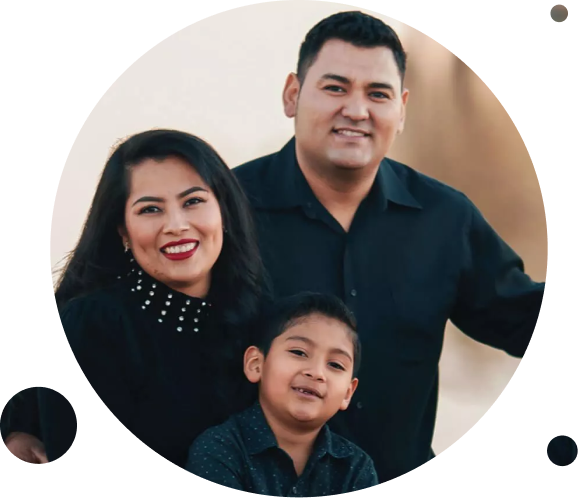American Indian Heritage Day: how to research my Native American Heritage
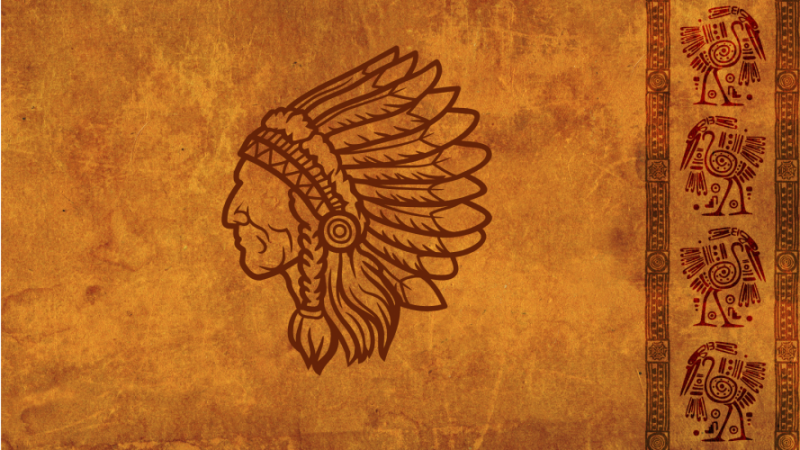
American Indian Heritage Day: The Story Of The Holiday
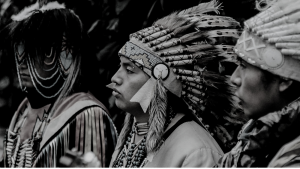
American Indian Heritage Day is fast approaching – this great holiday will be celebrated all across the country on November 25th. Next year the date for the holiday will be different, though, as it is designated that the celebrations must take place a day after Thanksgiving. And it’s not an old holiday, either, at least definitely not as old as the history of American Indian tribes; it was first celebrated only in 1990. At the time, the idea of such a holiday was strongly supported by no fewer than 184 federally recognised tribes.
This day commemorates the first settlers of the Americas, honouring their rich culture and traditions. Each year, people celebrate their Native American ancestry by dressing up in traditional clothes (like headdresses or buckskin garments) and doing things like dancing around a campfire or making drums out of hollowed-out logs. They also hold special kinds of parties called pow wows – the word’s original meaning can be translated as “spiritual leader”. At a pow wow everyone gets together to listen to traditional music, enjoy such dances as “the intertribal ” or “the crow hop”, and exchange stories about their families or their lives as a member of a tribe.
If you think you may be part of this wonderful culture, but you’re not sure if you have Native American ancestry, read further to see how you can confirm your beliefs and integrate yourself into the community.
How to find out if I have a Native American heritage?
OK, so here’s how to research Native American ancestry. First of all, be ready for a lot of digging. When someone wants to uncover their heritage, normally the first advice they get is to make use of genealogy and ancestry websites. However, with Native American tribes specifically, this might be neither the easiest nor the most effective route. Finding concrete information online can be very challenging if you don’t have any pointers, so instead we recommend you start your research offline.
Study your family tree
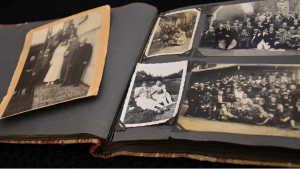
As stated above, unless you’ve already collected some basic information on your ancestors, such as their names, their dates of birth/death, their tribes, it’s a good idea to stay away from all kinds of archives. First, find out every single fact you can about your ancestry from your relatives. The oral history your family members can provide you should be a good enough start to begin mapping out an outline of your family tree.
Remember that your elderly living relatives are essentially an invaluable treasure full of stories. Some of the information can seem unnecessary, however, the more facts you have on the table, the better your further Native American ancestry heritage will go. And don’t forget to make recordings! There are few things more valuable than the actual taped voice coming from the first source.
Detect the tribe, its history, location and leaders
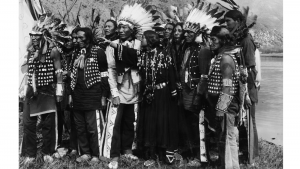
So the family tree that you’ve outlined will help you systemize the scattered facts you’ve gathered and will direct you where exactly to dig deeper and clear some of the grey areas. For that, one of the key pieces of knowledge that you need is to find the tribes your ancestors originate from. And not just the name of the tribe – you’ll need its history, location, their leaders and other prominent names related to the tribe. This will be especially important if you later want to apply for a tribal membership on the grounds of your ancestry.
It’s not uncommon that you may have some trouble finding info on your ancestor’s tribal affiliation, but to make your job easier you should start with investigating the location in which your Native American ancestors were born, lived and died. Match these locations with those where known tribes have historically settled in or even currently live in. This will definitely help you eliminate a lot of possible unrelated tribes.
When you manage to narrow the possibilities down to just a few, it’s time for fact checking. Compare the information you’ve gathered from your relatives against known historical facts and see if you’re able to place your ancestors in one of the tribes.
Do a Research using National Archives

You can sometimes hear from people: “I’m pretty sure I have a connection with a tribe, but how can I prove my Native American ancestry?”. And apart from DNA testing, which isn’t always conclusive, there are mammoth record collections specific to the native tribes to make use of, most from the 19th and 20th centuries.
On a local level, such places as schools, courthouses and churches are all safe picks to seek clues about your ancestral history. And there’s no need to only go for the obvious documents, such as birth and death certificates. Any kinds of civil records such as wills, deeds, property conveyances and many others will be very helpful. or other such records.
Having taken full advantage of the resources available at the state and local levels, it’s strongly recommended that you look into federal level archives as well. Luckily for us, the U.S. government has for decades cooperated with the Native American tribes and nations, so a location like the National Archives is definitely a must-visit place if you want to have a look at these records. The archives include a huge number of records kept by the Bureau of Indian Affairs. Such great sources of vital information as school records, estate records, annual tribal census rolls, claims and allotment records, and lists relating to Indian removal can be found there.
Conclusion
Our Native American ancestry research guide will surely help you streamline your investigation and make the process not only more efficient, but also more enjoyable. Yes, the Native American ancestry research can be somewhat different from your standard one, but you should have no problems if you start with easy, small steps like asking your family around and outlining a family tree and then conclude the research with the help of tribe identification and archive findings. Happy American Indian Heritage Day.
